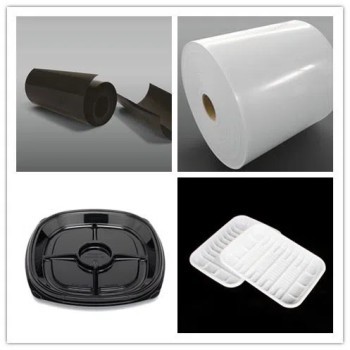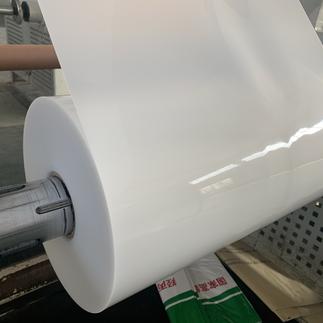PP BASE-thermoforming rigid films
Thermoforming PP rigid film is a versatile packaging material that has become increasingly popular in today's market. It is commonly used in a wide range of industries such as food, pharmaceuticals, medical devices, and consumer products. The rigid film is known for its excellent clarity, durability, and resistance to moisture, making it an ideal choice for packaging items that require protection from the elements.

There are various types of thermoforming PP rigid films available in the market, but the most common type is laminated. Lamination involves bonding different materials together to create a strong and durable composite product. The most common lamination used in thermoforming PP rigid film is a tri-layer lamination. This includes a layer of PP film sandwiched between two layers of barrier films, mainly EVOH, PET, or nylon. The combination of these materials provides excellent barrier properties to the package, including gas and moisture resistance, ensuring that the product inside is fresh and protected from external factors.
Thermoforming PP rigid film has many applications ranging from food packaging, electronics packaging, cosmetics, and medical packaging. In food packaging, thermoforming PP rigid film is commonly used for trays, cups, and containers. The durability of the material ensures that the food stays fresh and does not spoil easily.

In the electronics packaging industry, thermoforming PP rigid film is used to package sensitive components and devices. The film's excellent moisture and gas barrier properties protect the components from damage or corrosion during transportation and storage.
In conclusion, thermoforming PP rigid film is a reliable and versatile packaging material with numerous benefits. Its superior barrier properties and laminated structure make it an excellent choice for a wide range of applications, including food, electronics, and medical packaging. With the continued growth of the packaging industry, the demand for thermoforming PP rigid film is expected to keep rising, driving the need for more advanced and innovative packaging solutions.